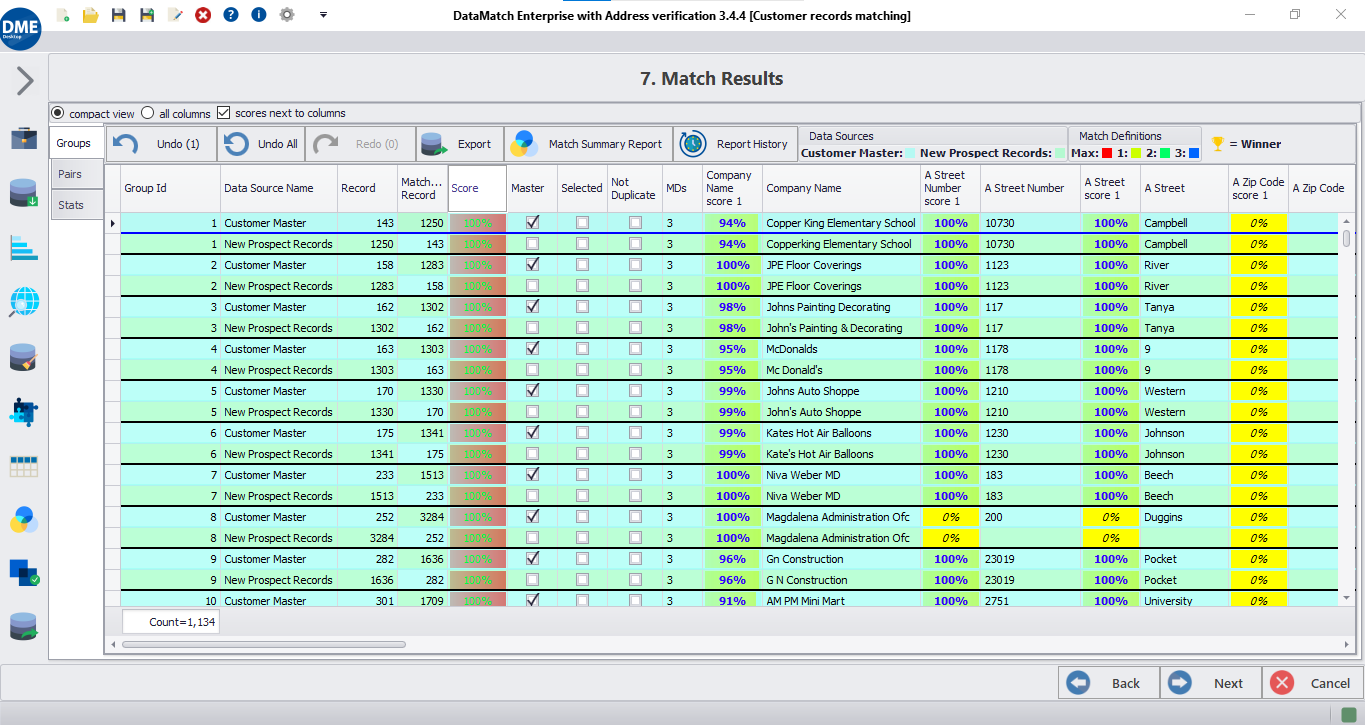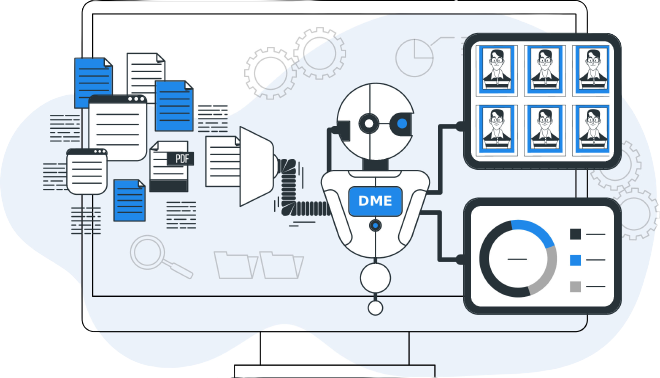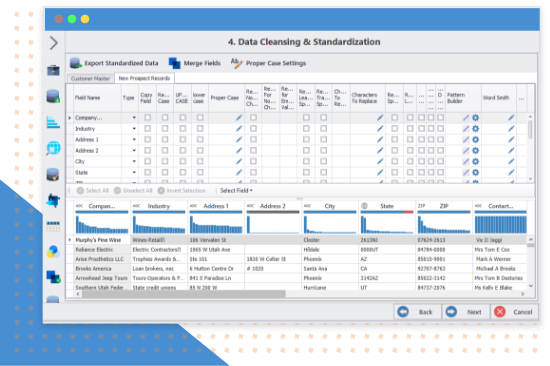Product matching software

Trusted By







Trusted By








Definition
What is product matching?
Product matching is a data quality process used by retailers, manufacturers, and market research professionals to deduplicate, enrich, classify, and standardize product data. Product matching helps you to get pricing intelligence and create a single product view for both internal and external audiences.
Retailers and manufacturers match and standardize product data based on several types of classification standards – each catering to specific rules and regulations of local and international trading, such as UNSPSC, GPC, eClass, etc. These standards help retailers in easier product data management and offering better shopping experience to customers, through standardized product taxonomies and naming conventions.
Process
How does product matching work?

Combine and profile product data
Bring product data together at one place and build quick product data summary report to highlight missing, incomplete, or invalid values present and identify potential data cleansing opportunities.

Recognize product semantics and context
Powerful semantic matching technology is used to make sense of complex, unstructured product information, and recognize its context to understand what the product is and how it is used.
Match similar products
Once, product data is clean, standardized, and classified, similar products can now be matched based on unique attributes, or in case they are not available, a combination of attributes is used to perform fuzzy matching, and identify duplicate products.



Parse and standardize product attributes
Parse long descriptions to identify important, unique product attributes, and ensure all products follow a consistent format of descriptions according to nouns, modifier, vendor name, part number, UOM, etc.

Classify and categorize products
The contextual information identified for products is then used to correctly classify and categorize them in the right product hierarchies to build optimal product taxonomy.

Enrich product information
Product duplication is resolved by either deleting duplicate entries or enriching product information by merging attributes and hence, preventing data loss.
Solution
Let Data Ladder handle your product matching
See ProductMatch at work
ProductMatch is a highly visual and intuitive product matching software application, specifically designed to resolve product data quality issues. It offers extensive capabilities to clean, parse, standardize, and match product data.
Additionally, it can automatically build product taxonomies and perform product classification. It can also identify duplicate products by using a combination of established and proprietary fuzzy matching algorithms that work on complex product datasets gathered from various vendors.
Our product matching software is specifically designed to uncover the hidden relationships, learn from past experience through machine learning, and create hierarchical categorization to classify unstructured data.

Business benefits
How can product matching benefit you?
Achieve a Single Product View
Obtain clarity of distinct product categories and missing SKUs across disparate sources to ensure efficient inventory, stock ordering, and invoicing operations.
Comply with Classification Standards
Classify products into industry-standard (UNSPSC, ECLASS) or custom taxonomies by automatically deriving hierarchies using contextual recognition.
Leverage Competitive Insights
Gain product insights across leading retailers and your competition to formulate your pricing strategy to maximize profit margins.
Lower Inventory Costs
Identify and remove duplicate and redundant product information to minimize inventory parts for logistics and storage.
Optimize Product Listings
Enhance listing visibility using synchronized product titles, descriptions, reviews, and features to drive higher traffic and conversions.
Save Time
Automate product cleansing, matching, and standardization using real-time API flows to save countless hours in manual work.
Let’s compare
How accurate is our solution?
In-house implementations have a 10% chance of losing in-house personnel, so over 5 years, half of the in-house implementations lose the core member who ran and understood the matching program.
Detailed tests were completed on 15 different product comparisons with university, government, and private companies (80K to 8M records), and these results were found: (Note: this includes the effect of false positives)
| Features of the solution | Data Ladder | IBM Quality Stage | SAS Dataflux | In-House Solutions | Comments |
|---|---|---|---|---|---|
| Match Accuracy (Between 40K to 8M record samples) | 96% | 91% | 84% | 65-85% | Multi-threaded, in-memory, no-SQL processing to optimize for speed and accuracy. Speed is important, because the more match iterations you can run, the more accurate your results will be. |
| Software Speed | Very Fast | Fast | Fast | Slow | A metric for ease of use. Here speed indicates time to first result, not necessary full cleansing. |
| Time to First Result | 15 Minutes | 2 Months+ | 2 Months+ | 3 Months+ | |
| Purchasing/Licensing Costing | 80 to 95% Below Competition | $370K+ | $220K+ | $250K+ | Includes base license costs. |
Frequently asked questions
Got more questions? Check this out
ready? let's go
Try now or get a demo with an expert!

"*" indicates required fields


































